Brome grasses are an important arable weed, widespread throughout the UK. When left untreated, populations can quickly become unmanageable and result in considerable yield loss, even at low densities. A population of just 5 plants/m2 can reduce cereal yields by up to 5%.
Brome

What is brome?
Brome species are most commonly found confined to headlands or as patches within fields. They are extremely competitive weeds, roughly equivalent to ryegrass, but twice as competitive as blackgrass on a plant for plant basis.
Distribution of bromes species may have become more widespread in UK arable farming since the last UK-wide survey was conducted. As an arable weed, bromes are becoming increasingly common as growers move away from ploughing to less intensive and no-till scenarios.
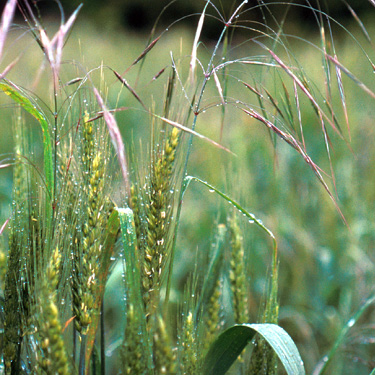
There are five main species of brome which occur as weeds in arable rotations:
- sterile/barren brome
- meadow brome
- great brome
- rye bromes
- soft brome
Identification of bromes is not always easy as some species show considerable variability, often making conclusive identification difficult.
Why is correct identification of different species important?
Correct identification is crucial because cultural control methods such as early post-harvest cultivations are recommended for sterile and meadow brome, but not soft, rye or great brome.
Brome species also vary in their susceptibility to herbicides, so it’s important to try and identify which species you have present, to help develop effective control strategies that include both appropriate cultural elements and correct herbicide selection.
Typically, great brome and rye brome are more challenging to control than the other species. The five main UK species are:
| Great brome | Anisantha diandra | Anisantha species |
| Sterile/Barren brome | Anisantha sterilis | Anisantha species |
| Rye brome | Bromus secalinus | Bromus species |
| Soft brome | Bromus hordeaceus | Bromus species |
| Meadow brome | Bromus commutatus | Bromus species |
Identification of brome species
Generally, brome species have long, grey green leaves with loose flower spikelets. They typically flower between May and August.
Anisantha species (sterile and great brome) germinate in the autumn and require a period of vernalization (cooling of the seed during germination) in order to flower. They germinate in the dark and exposure to light induces dormancy. Seed can remain viable for up to two years, which is why ploughing may bring old seed to the surface, causing a problem in the following crops.
Serrafalcus bromes (meadow, soft and rye brome) differ in that their seeds need light and a period of maturation to germinate. Cultivation after harvest should be delayed for a month to prevent inducing dormancy, after which seeds can remain viable for 7 – 10 years.
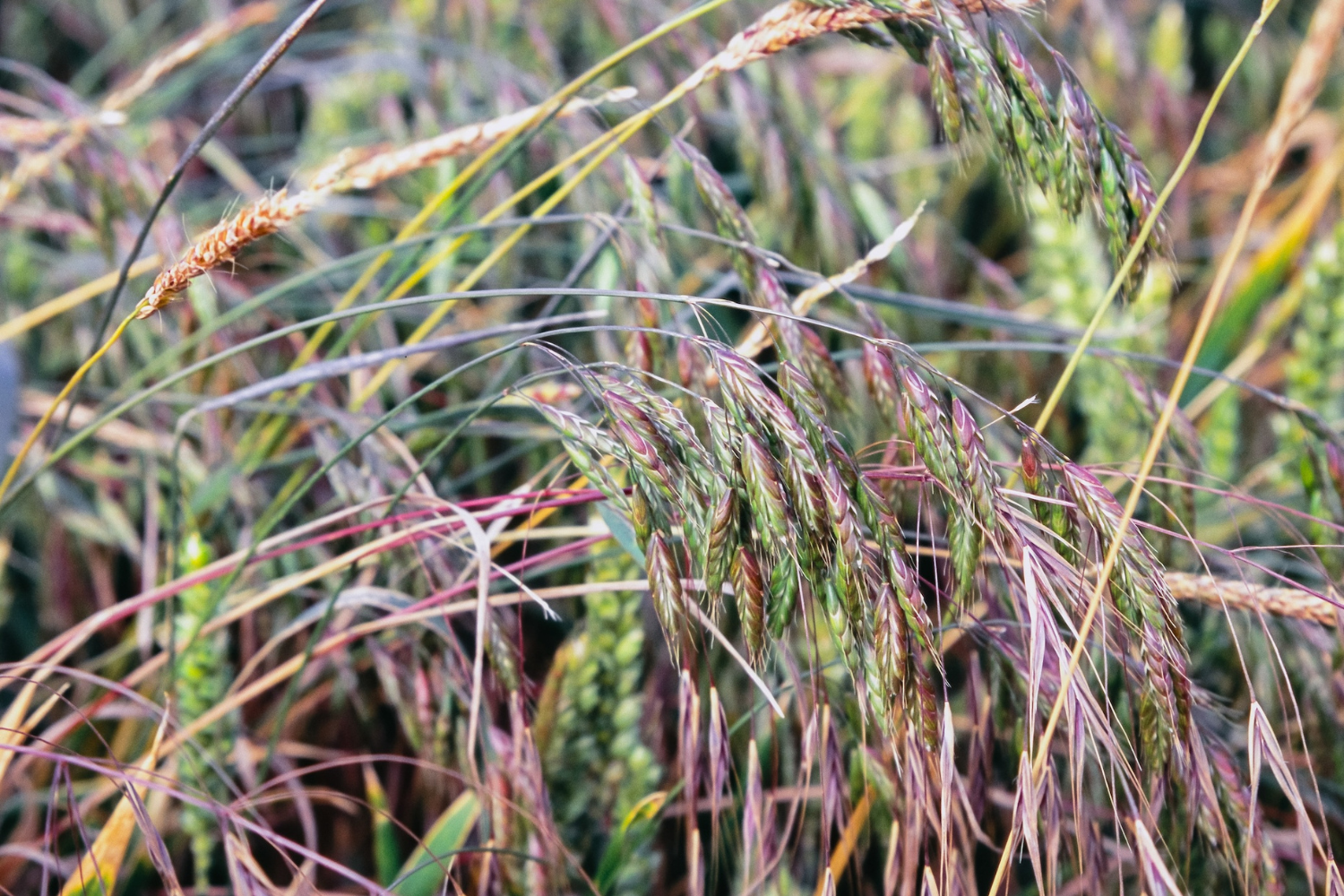
Sterile / Barren brome (Anisantha sterilis)
Very common in England and Wales, but more scattered in Scotland. Very common in field margins and hedgerows as well as within arable fields.
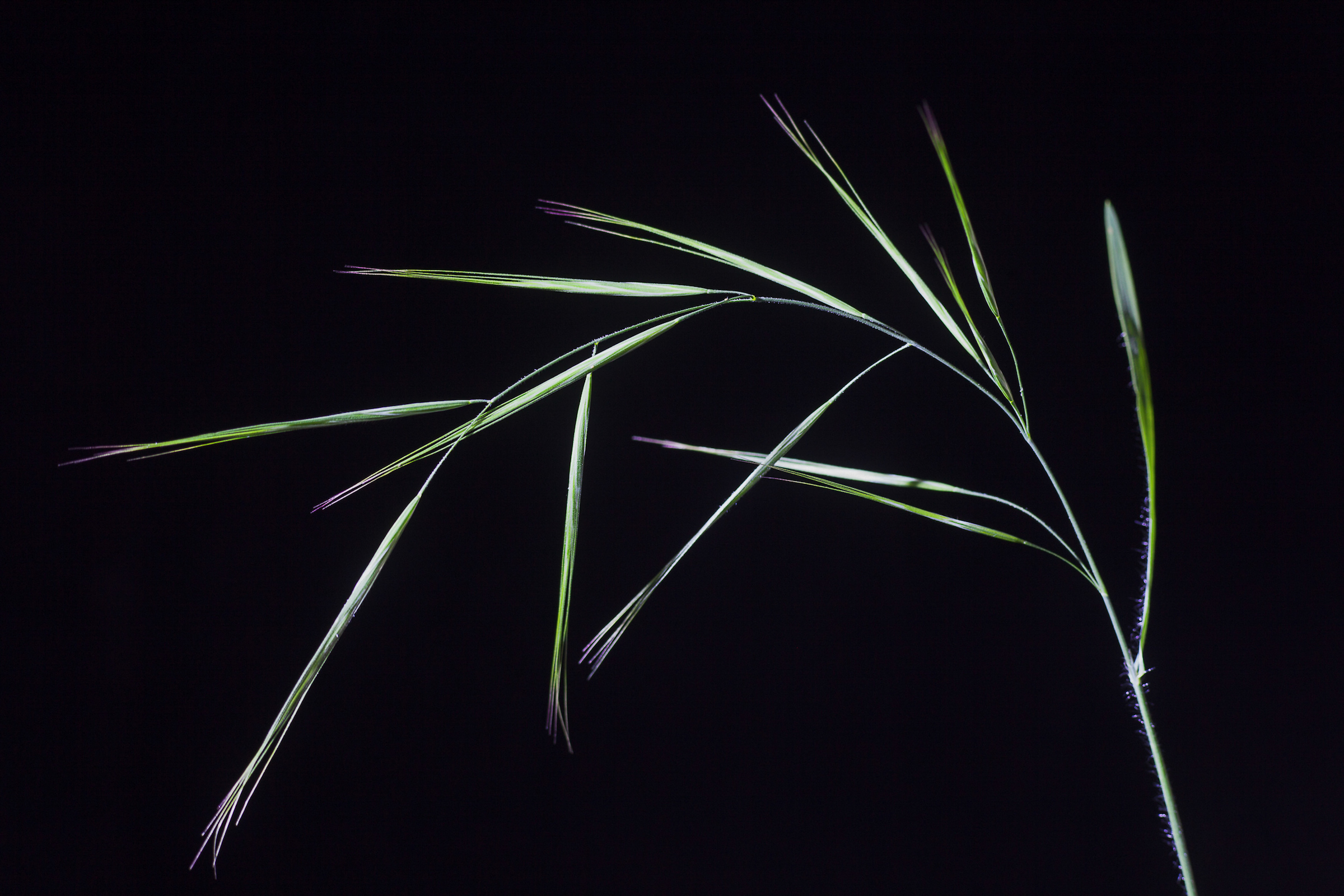
Great brome (Anisantha diandra)
Mainly found in East Anglia, but also found elsewhere in England, but more sparsely scattered. Probably under-recorded due to its similarity to sterile brome.
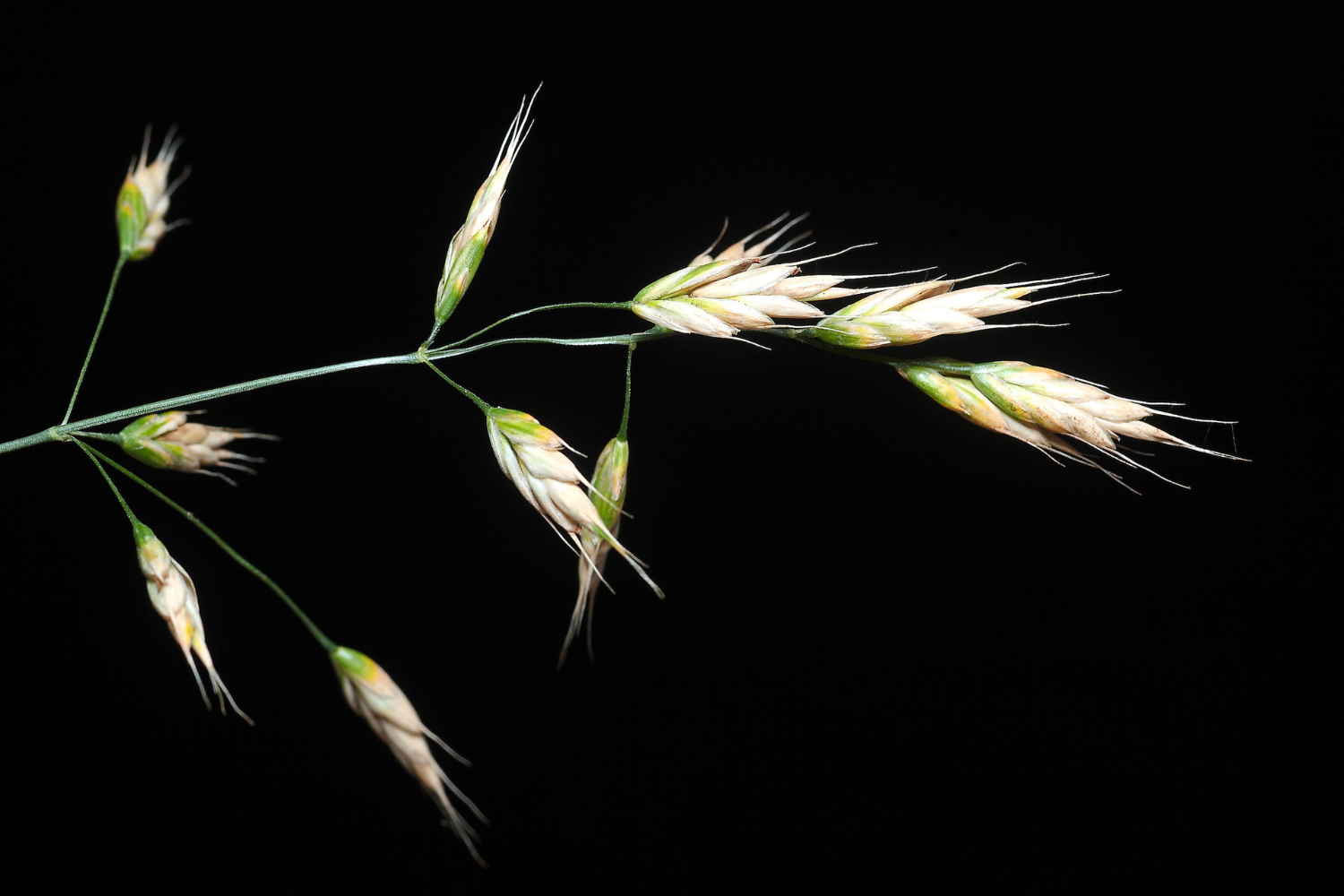
Rye brome (Bromus secalinus)
Recorded in scattered locations in the southern half of England. It is largely confined to arable fields, field margins and waste ground. It is likely that rye brome is more widespread than previously thought and is probably under recorded due to confusion with meadow brome.
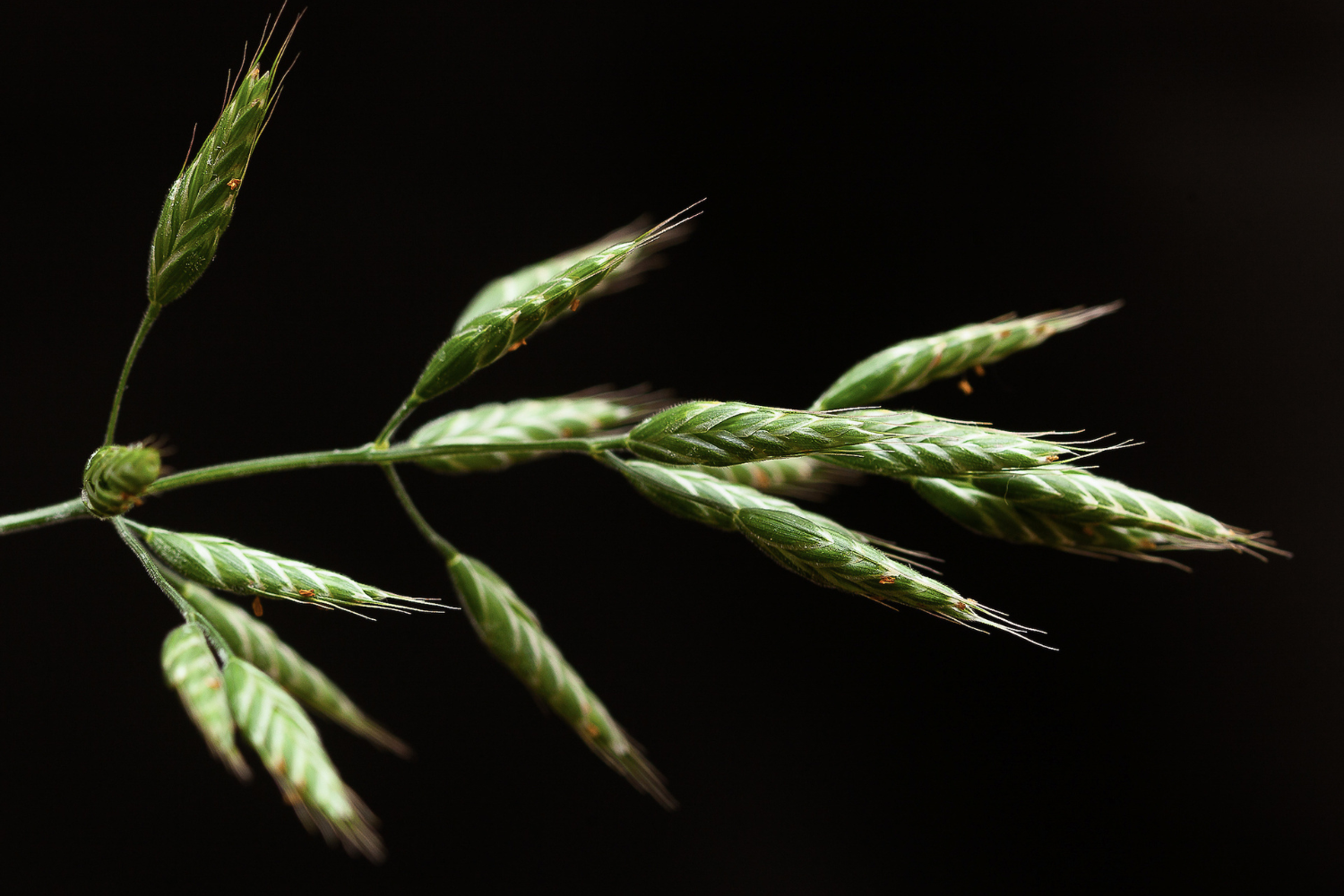
Soft brome (Bromus hordeaceus)
Very common throughout the UK, most commonly found in grassland, field margins, waste ground and roadside verges. Does occur to a lesser extent in arable fields.
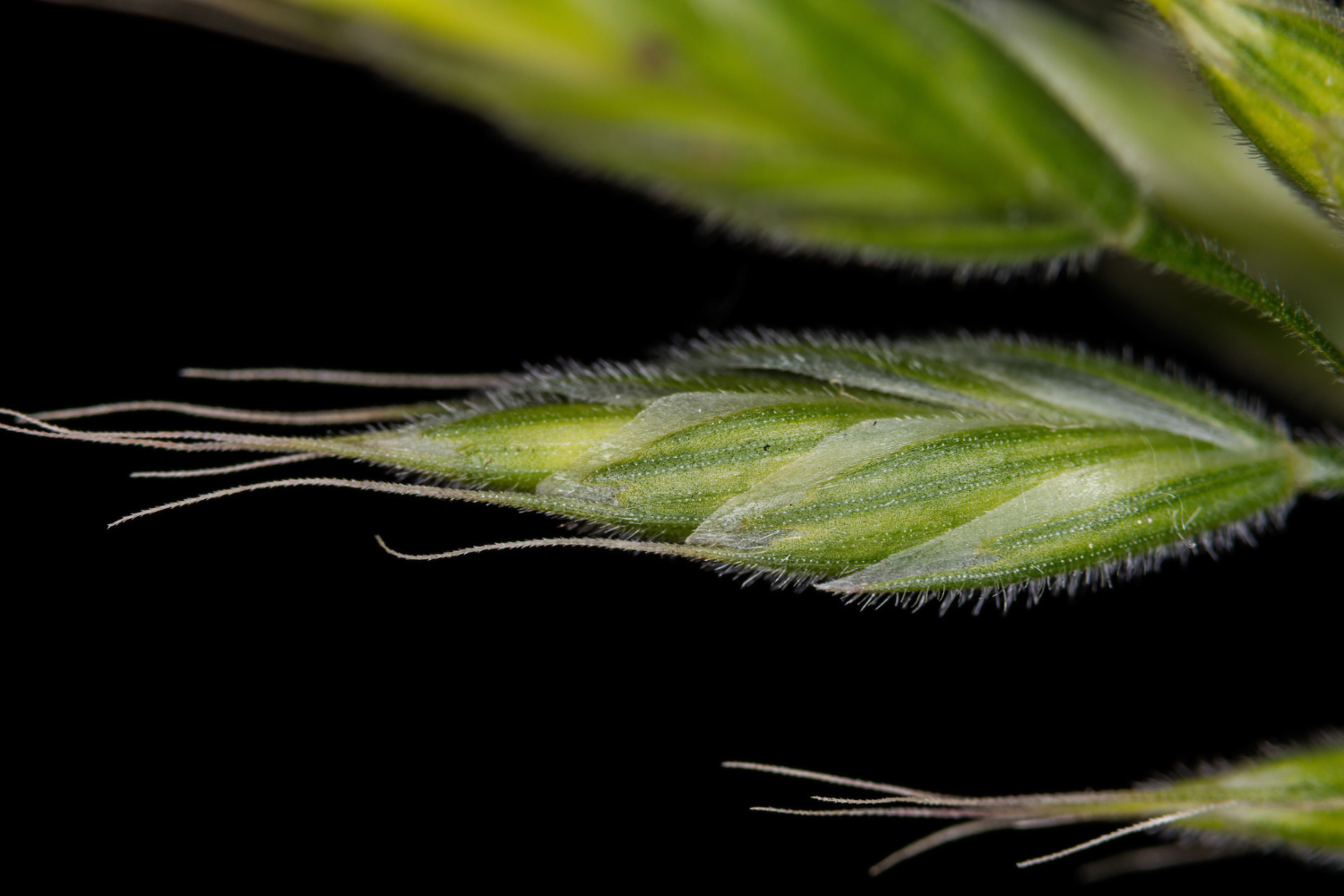
Meadow brome (Bromus commutatus)
Mainly recorded in the southern half of England, more commonly found in grassland situations, especially old pastures. But it can be found in arable fields.
Principles of brome control
Identify and map brome species before harvest, remember sterile and great brome species respond to different cultural control methods when compared to rye, soft and meadow brome.
Consider spraying off areas of infested land before seed maturation.
Avoid spreading weeds seeds around the farm on machinery during harvest.
Where sterile and great bromes are present, shallow cultivation should be carried out as soon as possible after harvest to encourage germination because these brome species germinate in the dark.
For meadow, rye and soft bromes, light and warmth allows the seed to ripen and mature on the surface. Delaying cultivation by a month or so will reduce seed dormancy, allowing emerging brome to be sprayed off before drilling.
When ploughing, full inversion is essential. Sterile brome should be buried to a depth of 12.5cm, whilst great brome should be buried deeper at circa 25cm.
As brome is generally an autumn germinating crop, spring cropping can be an effective control measure for bad brome populations, particularly sterile and great bromes.
Chemical control of brome
Always adopt a programmed approach that includes a pre-emergence herbicide and a timely post emergence spray.
Pre-emergence sprays should be based around flufenacet, DFF and pendimethalin.
Typically, programmes should include up to 2000GAI of pendimethalin, with the bulk 1200 - 1500GAI applied pre-emergence.
The post emergence follow should be based around pyroxsulam, as in Broadway® Star at 265g/ha in combination with pendimethalin at 800GAI/ha.
When applying the post emergence spray, target weeds when small and actively growing.
Best results are achieved when bromes are at between BBCH12 to 24.
Sterile and great brome should ideally receive their post emergence spray in the autumn, when small.
Always include an approved adjuvant when applying Broadway Star.
Broadway Star Herbicide
Broadway® Star delivers an outstanding performance in winter wheat against yield robbing grassweeds including wild oats, ryegrasses and bromes PLUS the bonus of controlling an extensive range of broad-leaved weeds.
"Hitting grass weeds early in the autumn, before they become competitive, is more important than ever particularly when it comes to difficult grass-weeds such as brome and ryegrass. Using a residual in combination with a post-emergence herbicide is also an important part of good resistance management strategy. The residual component will take out or heavily restrict the growth of some early-emerging grassweeds, leaving less work for the contact spray to do later, meaning better overall control and a reduced risk of resistance building. Broadway® Star has been a mainstay of autumn and spring grassweed programmes for many years, delivering excellent control of sterile and great brome when used following an application of pendimethalin plus flufenacet in the autumn. For best results, always apply Broadway Star when target weeds are small and actively growing.”
Alister McRobbie, Cereal Herbicides Product Manager, Corteva Agriscience
Brome resistance
Resistance to ALS herbicides such as iodosulfuron & mesosulfuron and pyroxsulam has been found in a number of samples in the UK. This makes the adoption of a more integrated weed management strategy across rotations vital, in order to protect the limited chemistry that is available.
2023 data shows severity of brome concern for wheat growers
February 2024 news:
Hundreds of farmers, contractors and agronomists have indicated that brome is a growing threat in the battle against grassweeds in UK arable fields.
New data from a Corteva Agriscience survey shows that 80% of respondents have populations on their farms with the vast majority estimating it to be infesting up to 25% of their winter wheat area in 2023.
Cultural control methods such as rotational planning, delayed drilling and ploughing are being deployed on every farm involved in the research, and the brome problem has been shown to exist in all the main wheat-growing regions of England, Scotland, Wales and Northern Ireland.
Alister McRobbie, Cereal Herbicides Category Manager, said: “This work provides more clarity on how widespread brome issues are and the various approaches being taken to reduce populations... continue reading